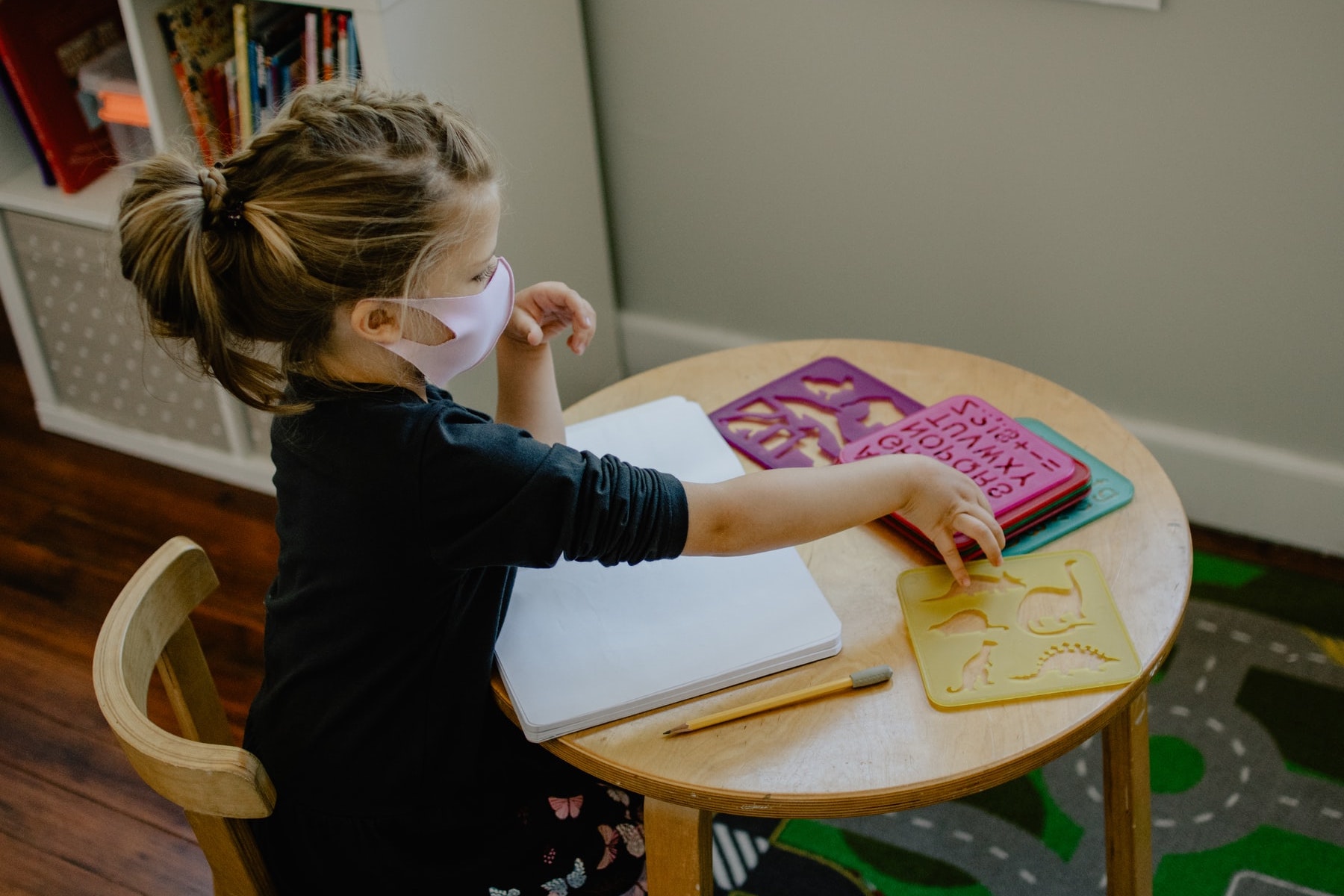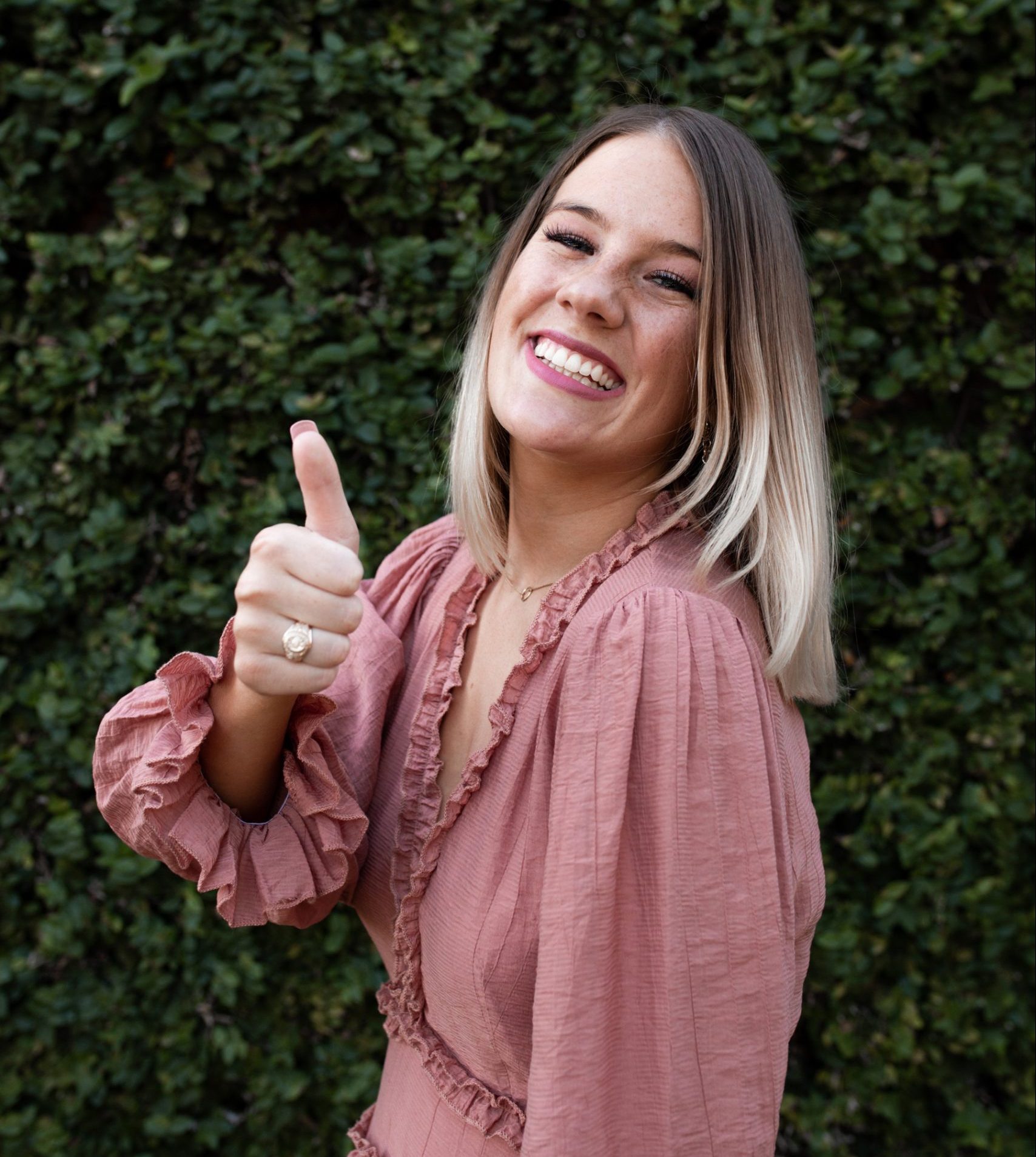As the holiday season comes to a close, students across the nation will leave behind their Christmas gifts and snow sleds and return to their schools. The return from holiday break is typically a highly anticipated event; it’s a chance to catch up with friends, show off new presents and provide a much-needed sanity break for parents.
This year, however, parents and children alike are viewing schools reopening with a bit more apprehension than in years past. Students, school staff and faculty will be bringing back more than just stocking stuffers from this holiday break. As the COVID-19 virus continues to surge, holiday travels and seasonal gatherings mean that the return to school will be more than a little germy.
As schools prepare to reopen their doors, school districts are being forced to get creative as they brainstorm safe and COVID-friendly transitions to bring children back to school. From preschool to high school, from California to New York, students of all ages and schools from across the country are making some serious preparations.
Some districts intend to mandate virtual learning for the first two weeks of school. Other schools have created hybrid learning classes to give students the option to pick between virtual and in-person classrooms, while others have switched to entirely virtual learning.
Beth Evans, a fifth-grade teacher at Friendswood ISD in Friendswood, Texas, shares that virtual learning, while necessary in today’s climate, has its disadvantages.
Evans’ school district gave each student the option to choose between virtual learning and in-person learning. During the fall semester, students were allowed to switch preferences of learning every six weeks if they chose to do so. After careful evaluation, the district revised this option for the spring semester. Students will now decide before the beginning of spring classes if they would like to be in a virtual or an in-person classroom and will not be given the option to switch midway through the semester.
“We need virtual learning right now,” says Evans. “There are children at risk, children with at-risk family members, children and parents who do not feel comfortable in in-person classes. This is totally necessary and I am so thankful we have the resources to provide a virtual learning experience. My work is hard, though. I am not used to being on a computer so long. Creating meaningful connections and interacting with my students is difficult.”
Other schools have taken different approaches for returning students, as virtual learning is not always accessible or reasonable.
Cayla Golson, for example, teaches four-year-olds at the privately-owned Weekday School in College Station, Texas. Golson’s preschool does not offer the children a virtual classroom option, as the students are young and able to benefit more from in-person instruction.
To ensure the safety of the children, Golson shares that the school has strict cleaning procedures and mask requirements, as well as a revised pick-up and drop-off process that minimizes physical parental interaction.
“We want the kids here to learn,” explains Golson. “But we want the kids safe. We are constantly washing our hands. We’re cleaning surfaces, wiping handles, doing everything in our power to keep those germs out. The return from break does scare me a little, though. Everyone has been traveling and seeing family, I just hope we are able to keep those numbers down.”
School districts nationwide have been looking to the Centers for Disease Control and Prevention for guidance on how to create and maintain a safe learning environment for all students, faculty and staff.
The CDC provides a detailed guideline on their website that school districts can reference to ensure the safety of their schools. Recommendations stem from four main components: to promote behaviors that reduce the risk of spreading COVID-19, to maintain healthy environments, to continue healthy operations and to prepare for when someone gets sick.
Some basic guidelines that fall under these four components are the practices of regular hand washing, social distancing between students, the wearing of masks as well as standard quarantine protocols in the event that someone contracts the COVID-19 virus.
Additionally, many local and state guidelines encourage virtual learning or hybrid learning to ensure the absolute safety of their students, faculty and staff members through the practice of absolutely no physical contact.
As Christmas trees are being stripped and stockings are returning to the attic, families, students, teachers, school districts and staff are making tough decisions about the safety of their return to schools.

















